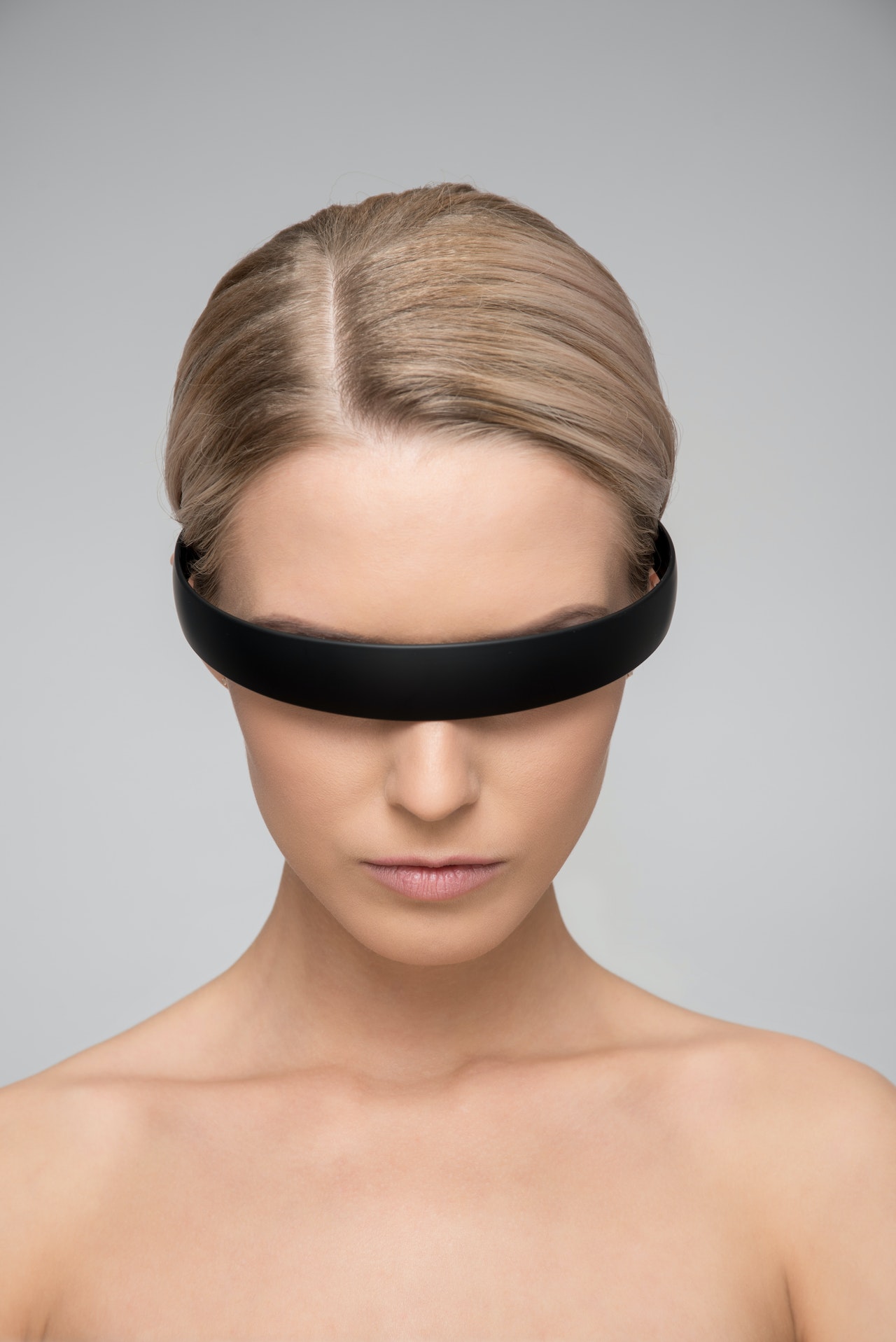Virtual Reality (VR) and Augmented Reality (AR) are rapidly evolving fields with new technologies transforming our digital experiences. From cutting-edge displays to advanced haptic feedback, these innovations are setting new standards for how we interact with virtual and augmented environments. Let’s dive into the latest advancements in VR and AR technology, and explore how they’re shaping the future.

The Latest Innovations in VR Displays
VR displays are at the forefront of enhancing immersive experiences. Here are some of the latest advancements:
- Higher Resolutions: New VR headsets are offering 4K and even 8K resolutions. This improvement reduces the “screen door effect,” making virtual environments look clearer and more lifelike.
- Wide Field of View: Advances in display technology have increased the field of view (FOV) in VR headsets. A wider FOV enhances immersion by allowing you to see more of the virtual world without turning your head.
Why It Matters: Better displays lead to more immersive and realistic experiences, improving both gaming and professional applications.
New Developments in AR Glasses Technology
AR glasses are becoming more advanced, making augmented reality more accessible and practical:
- Improved Display Quality: Modern AR glasses now feature higher resolution displays, making virtual elements look sharper and more detailed.
- Enhanced Transparency: New technologies have improved the transparency of AR glasses, allowing users to see virtual elements overlaid on their real-world view without distortion.
What’s Next: Expect AR glasses to become lighter and more stylish, with longer battery life and more powerful processing capabilities.
How Haptic Feedback is Enhancing VR Experiences
Haptic feedback technology is revolutionizing how we interact with virtual environments:
- Tactile Sensations: Haptic devices can simulate textures and sensations, making virtual interactions feel more realistic. For example, you might “feel” the texture of a virtual object or experience vibrations that mimic real-world sensations.
- Improved Immersion: By incorporating haptic feedback, VR can more accurately replicate the feeling of touch and movement, leading to deeper immersion in the virtual world.
Impact: Enhanced haptic feedback makes VR experiences more engaging and believable, adding a new layer of realism to virtual interactions.
Eye-Tracking Technology in VR Headsets: Why It Matters
Eye-tracking technology is a game-changer for VR headsets:
- Enhanced Interactions: Eye-tracking allows for more intuitive interactions by enabling gaze-based controls. For instance, you can select objects or navigate menus simply by looking at them.
- Realistic Rendering: This technology can also improve graphical rendering. By focusing processing power on where you’re looking, it can deliver higher detail in those areas while reducing the load on less-focused areas.
Benefits: Eye-tracking enhances user experience by making interactions more natural and improving the overall visual quality of the VR environment.
Next-Generation Sensors for AR and VR Devices
Sensors are crucial for accurate tracking and immersive experiences. Here’s what’s new:
- Advanced Motion Sensors: Next-gen sensors offer more precise tracking of movement, improving the accuracy of VR interactions and AR overlay placement.
- Environmental Sensors: New sensors can detect environmental changes and adapt virtual elements accordingly, enhancing realism and functionality.
Why It Matters: Better sensors lead to more responsive and accurate virtual and augmented interactions, making the experiences more immersive and useful.
The Rise of Wireless VR Headsets: Pros and Cons
Wireless VR headsets are gaining popularity, offering greater freedom of movement:
- Pros: Wireless headsets eliminate the hassle of cables, making movement more natural and reducing the risk of tripping. They also offer cleaner setups with fewer visible wires.
- Cons: Battery life and wireless performance can be limiting factors. High-quality wireless transmission requires substantial battery power, and some users may experience latency or signal issues.
What to Consider: Wireless VR headsets offer significant convenience but weigh these benefits against potential drawbacks like battery life and connectivity issues.
Augmented Reality Smart Glasses: What’s Next?
AR smart glasses are on the cusp of becoming mainstream:
- Enhanced Features: Future AR glasses are expected to feature more advanced capabilities, such as improved processing power, better integration with smart devices, and more natural interaction methods.
- Fashion and Functionality: Designers are working to make AR glasses more stylish and comfortable for everyday wear, blending seamlessly with personal fashion.
Looking Ahead: AR smart glasses are likely to become more integrated into daily life, offering practical applications in navigation, communication, and entertainment.
Advances in VR Audio Technology for Immersive Experiences
Audio plays a crucial role in creating immersive VR experiences:
- Spatial Audio: New VR audio systems use spatial audio technology to make sound come from specific directions, enhancing the sense of immersion by matching audio cues with visual elements.
- Adaptive Soundscapes: VR audio technology is improving the ability to adapt soundscapes based on user interactions and environmental changes.
Impact: High-quality, spatial audio makes virtual environments more immersive and realistic, enriching the overall experience.
Gesture-Based Controls in AR/VR: The Future of Interaction
Gesture-based controls are revolutionizing how we interact with VR and AR:
- Natural Interactions: Gesture controls allow you to manipulate virtual objects and navigate environments using hand movements or body gestures, creating a more intuitive experience.
- Precision and Customization: Advanced sensors and algorithms improve the accuracy of gesture recognition, making interactions smoother and more responsive.
Why It’s Exciting: Gesture-based controls offer a more natural and immersive way to interact with virtual environments, moving beyond traditional controllers.
How 5G is Boosting AR and VR Performance
5G technology is enhancing AR and VR experiences in several ways:
- Faster Data Transmission: 5G provides higher data speeds and lower latency, which is crucial for streaming high-quality VR content and enabling real-time interactions in AR.
- Improved Connectivity: With more reliable connections, 5G supports seamless integration of AR and VR applications with cloud services and online multiplayer experiences.
Benefits: 5G boosts the performance of AR and VR applications, making them more responsive and immersive by providing faster and more reliable connectivity.
Conclusion
The latest innovations in VR and AR technology are transforming how we experience and interact with digital environments. From improved displays and haptic feedback to advancements in eye-tracking and wireless headsets, these technologies are setting new standards for immersion and interactivity. As these technologies continue to evolve, they promise to offer even more exciting possibilities for gaming, entertainment, and beyond. Keep an eye on these trends to stay ahead in the world of VR and AR!








